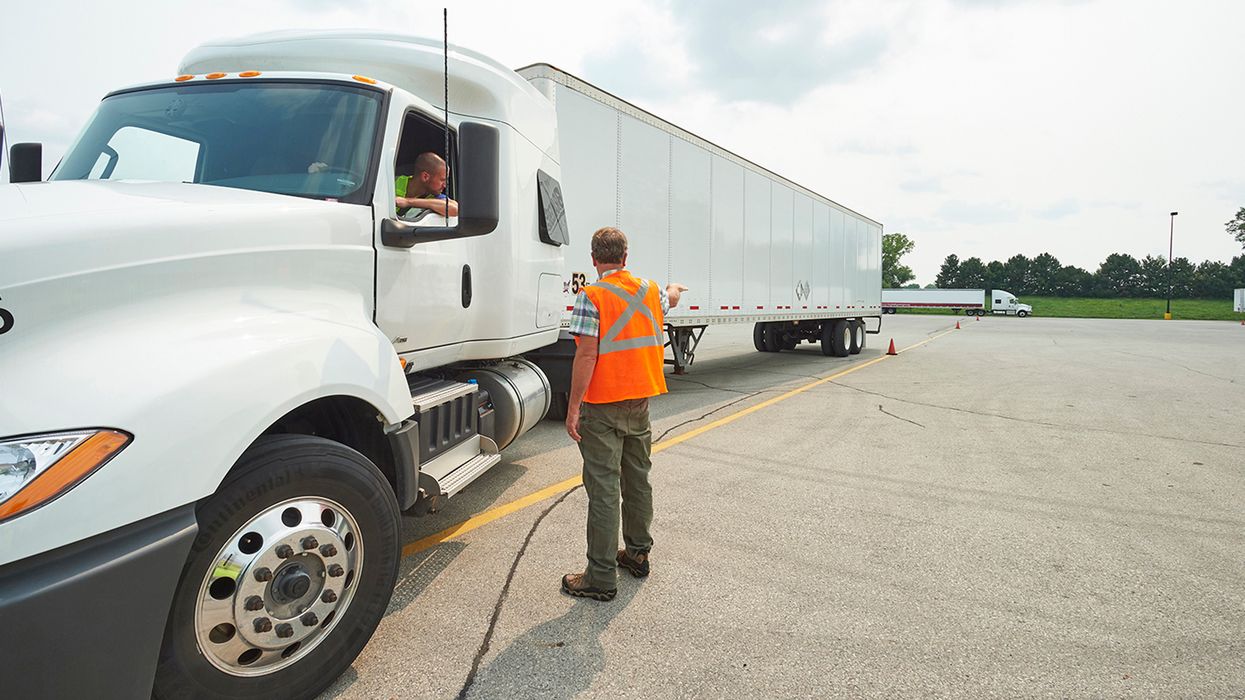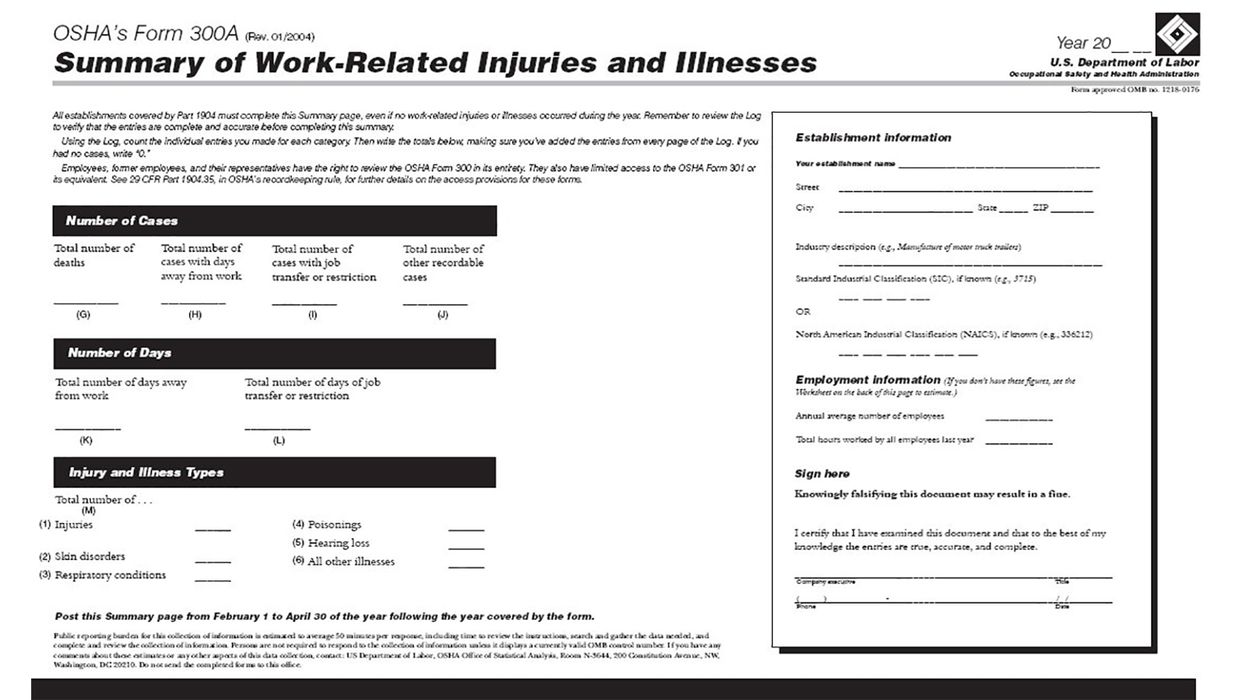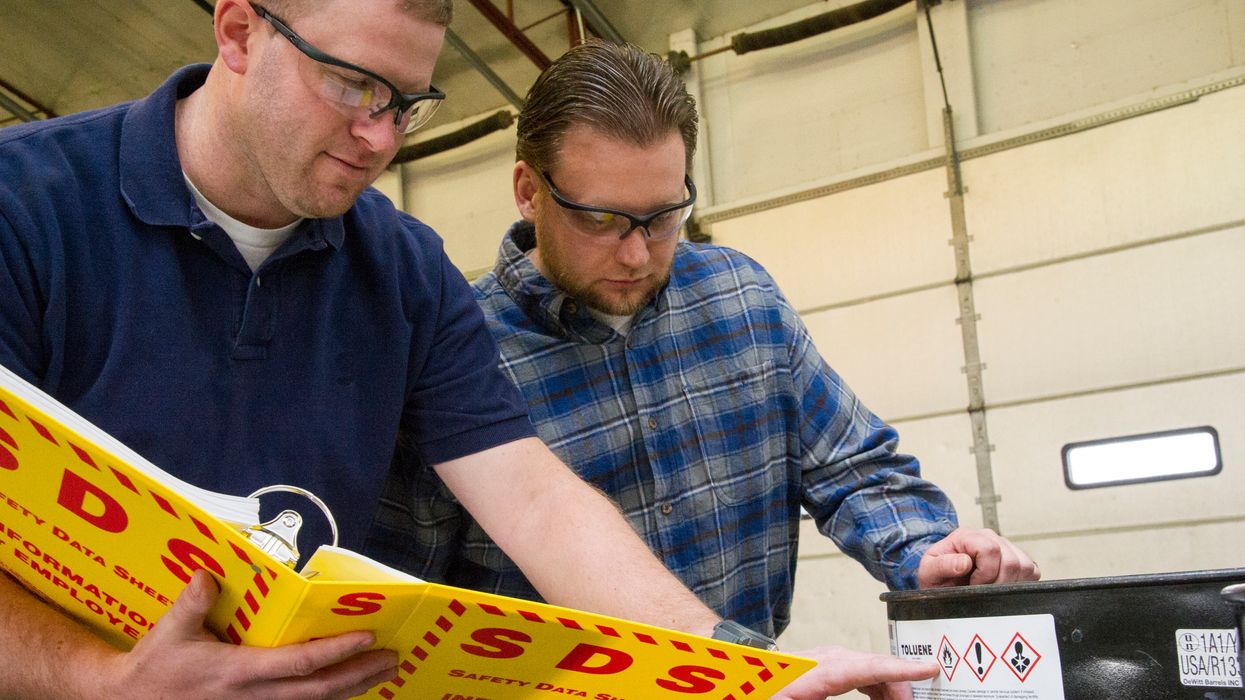Clearly state that the employee must pay for PPE that is lost or intentionally damaged
Employer expenditures regarding worker protection are substantial. When you consider personal protective equipment (PPE) per employee in identified high-hazard sectors, the cost is even higher. The price of PPE can skyrocket depending on the quality and quantity being purchased and consumed by the employee. As a cost savings strategy, employers may need to tighten up their PPE Program and clarify employee responsibility for the care of such equipment. While employers must supply required PPE at no cost, according to OSHA, the employer is not required to replace PPE when the employee has lost or intentionally damaged the PPE.
More often than not, employers are finding that some employees inadvertently mismanage the very equipment meant to protect them. Whether losing, misplacing, or simply not taking care of supplied PPE, the expectation of the uninformed employee is to request new PPE with little to no regard for who pays for that equipment. This blatant mismanagement of PPE may find employers looking at the bottom line and developing and implementing workplace rules. This may include reasonable and appropriate disciplinary policies, replacement schedules, and allowances to ensure that employees have and use the PPE that the employer provided.
Employers do not have to bear the cost of replacing PPE that the employee has lost, even if it is a single instance. The PPE may be considered “lost” if the employee comes to work without the issued PPE. The rule does not prohibit employers from sending employees home to retrieve the PPE or from charging an employee for replacement PPE when the employee fails to bring the PPE back to the workplace.
While not required for general industry nor construction, writing a “overall” PPE program documenting PPE usage and responsibilities makes it easier to:
- Ensure proper use of PPE in the workplace,
- Document PPE efforts should OSHA inspect the workplace, and
- Provide clarity around the financial responsibilities of the employer/employee as it relates to lost or intentionally damaged PPE.
The basic element of any PPE Program should be an in-depth evaluation of the equipment needed to protect against hazards in the workplace. This is the initial hazard assessment for which written documentation is required. The two basic objectives of any PPE Program should be to protect the wearer from safety and health hazards and to prevent injury and illness to the wearer from incorrect use and/or malfunction of the PPE. Management can then use this assessment and PPE Program to develop standard operating procedures for employees, and train them to use, maintain, and clean/care for provided PPE while identifying expectations should an employee lose or intentionally damage PPE.
OSHA first issued a proposed rule for employer payment of PPE in March 1999. After almost nine years of public hearings and comment periods, in February 2008, OSHA worked to develop a standard that provides clarity and fairness for employers and employees. OSHA standard 1910.132 clarifies the responsibilities of employers in a way that sets a reasonable PPE payment policy.
Key to remember: The standard states that the employer is required to pay for PPE used to comply with OSHA standards, except when the employee has lost or intentionally damages the PPE.



















































